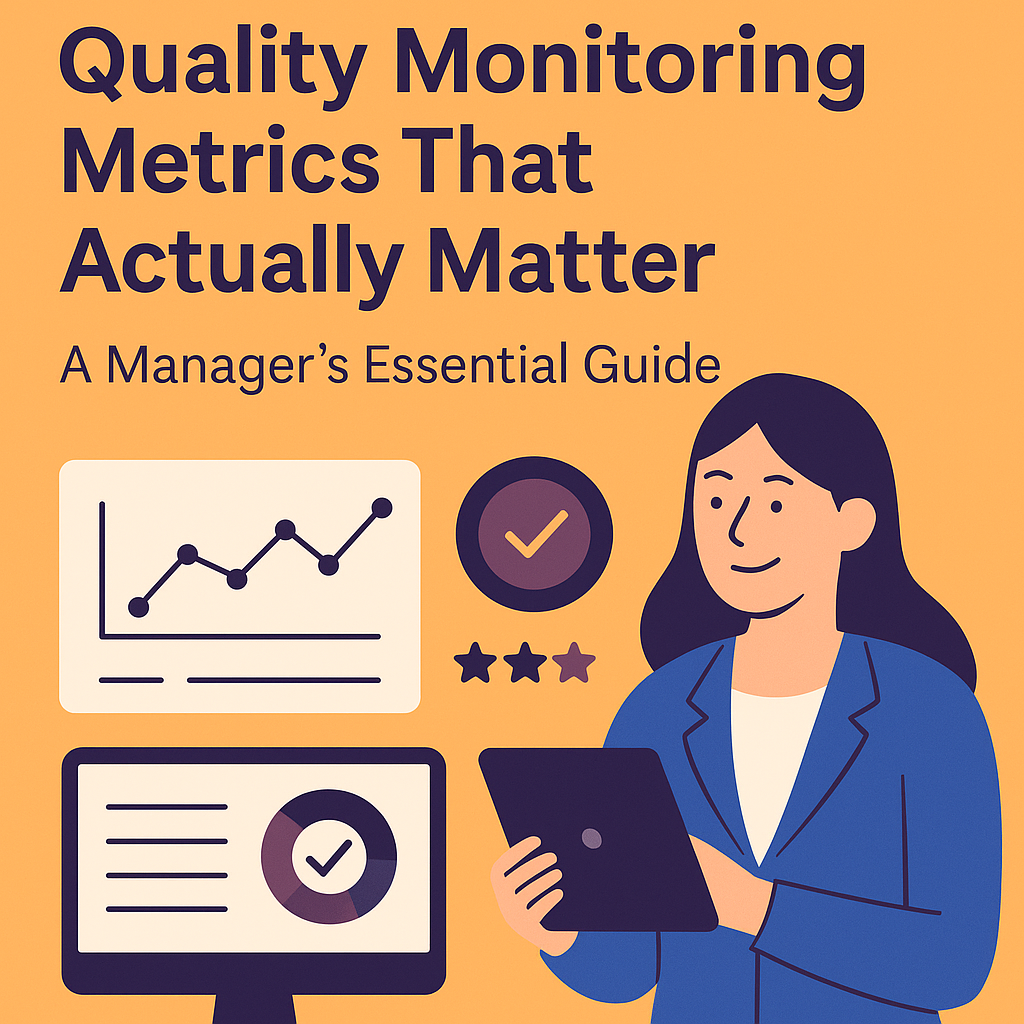
How to Choose the Best Customer Analysis Tool for Your Business: A Comprehensive Guide
Introduction: The Importance of Customer Analysis Tools
Customer analysis tools are essential for any business looking to understand its customers better, personalize services, and stay competitive. By collecting and analyzing data, these tools offer insights that drive growth, optimize strategies, and enhance customer experiences.
Why Customer Data Matters for Business Growth
Understanding how your customers behave is fundamental to shaping a great experience. Whether it’s identifying pain points, spotting trends, or improving touchpoints, customer data offers valuable insights that can lead to more effective decisions. With the right customer analysis tools, you can ensure that you are tailoring your services to meet the unique needs of your audience.
The Role of AI and Machine Learning in Modern Customer Analysis
Artificial intelligence (AI) and machine learning have redefined how businesses interact with customer data. These technologies enable businesses to process vast amounts of data quickly, uncover hidden insights, and automate the analysis process. By leveraging AI-powered customer analysis tools, companies can improve their responsiveness and fine-tune their strategies with predictive insights.
Key Factors to Consider When Choosing a Customer Analysis Tool
Selecting the right customer analysis tool requires thoughtful consideration. You need to ensure that it scales with your business, integrates with your existing systems, and delivers real-time insights.
Scalability: Adapting to Your Business Growth
As your business grows, your data grows with it. You need a customer analysis tool that can handle increasing data volumes and multiple data sources without losing efficiency. Scalability ensures that your tool can continue to provide insights, even as your customer base expands.
Integration with Existing Systems
Your customer analysis tool should integrate seamlessly with your CRM, marketing platforms, and sales tools. Integration is critical to providing a unified view of your customers, streamlining your processes, and ensuring that all customer touchpoints are synchronized.
Real-Time Data Processing and Analysis
In today’s fast-paced market, real-time insights are crucial for customer retention. Having a customer analysis tool that provides live data monitoring enables you to respond to customer needs as they arise, keeping you ahead of potential issues.
Customization and Flexibility
Your business is unique, and your customer analysis tool should reflect that. Customizable dashboards and reports allow you to tailor the tool to your specific needs, ensuring you gain the most relevant insights to drive decision-making.
Data Security and Compliance
Security is non-negotiable when dealing with customer data. Your customer analysis tool must comply with GDPR, CCPA, and other regulations to ensure that your customer data is handled securely and responsibly.
Comparing the Top Customer Analysis Tools
Not all customer analysis tools are created equal. Here are some of the leading tools that offer powerful features to help you make sense of customer data:
Gravite: Real-Time Feedback and Sentiment Analysis
Gravite stands out by offering real-time feedback analysis and sentiment tracking. This customer analysis tool identifies pain points and trends from both structured and unstructured data, allowing businesses to react quickly and improve the customer experience.

Salesforce Einstein: AI-Enhanced CRM
Salesforce Einstein integrates AI with your CRM system, offering predictive analytics that personalize customer interactions. This customer analysis tool is perfect for businesses looking to streamline operations while gaining deeper customer insights.
Mixpanel: Detailed Behavior Tracking
Mixpanel excels in tracking digital interactions across websites and apps. It helps businesses understand user behavior, improve customer journeys, and increase engagement, making it one of the most powerful customer analysis tools for behavior tracking.
How to Implement a Customer Analysis Tool in Your Business
Once you've chosen the right customer analysis tool, the next step is successful implementation. This requires clear objectives, team onboarding, and continuous monitoring.
Defining Clear Objectives
Before implementing a customer analysis tool, you need to define what you want to achieve. Whether it's understanding customer churn or improving engagement, aligning your tool with specific goals will maximize its impact on business growth.
Onboarding Your Team and Training
Ensuring your team knows how to use the new customer analysis tool is essential. Provide training and best practices to ensure everyone is comfortable using the tool to its full potential.
Continuous Monitoring and Optimization
Implementing a customer analysis tool is not a one-time task. Regularly monitor the data, adjust your strategies, and use the insights gained to optimize your processes over time.
Conclusion: Choosing the Right Tool for Long-Term Success
The right customer analysis tool can transform how you understand and engage with your customers. Scalability, integration, real-time processing, and security are just a few factors to keep in mind when making your decision.




